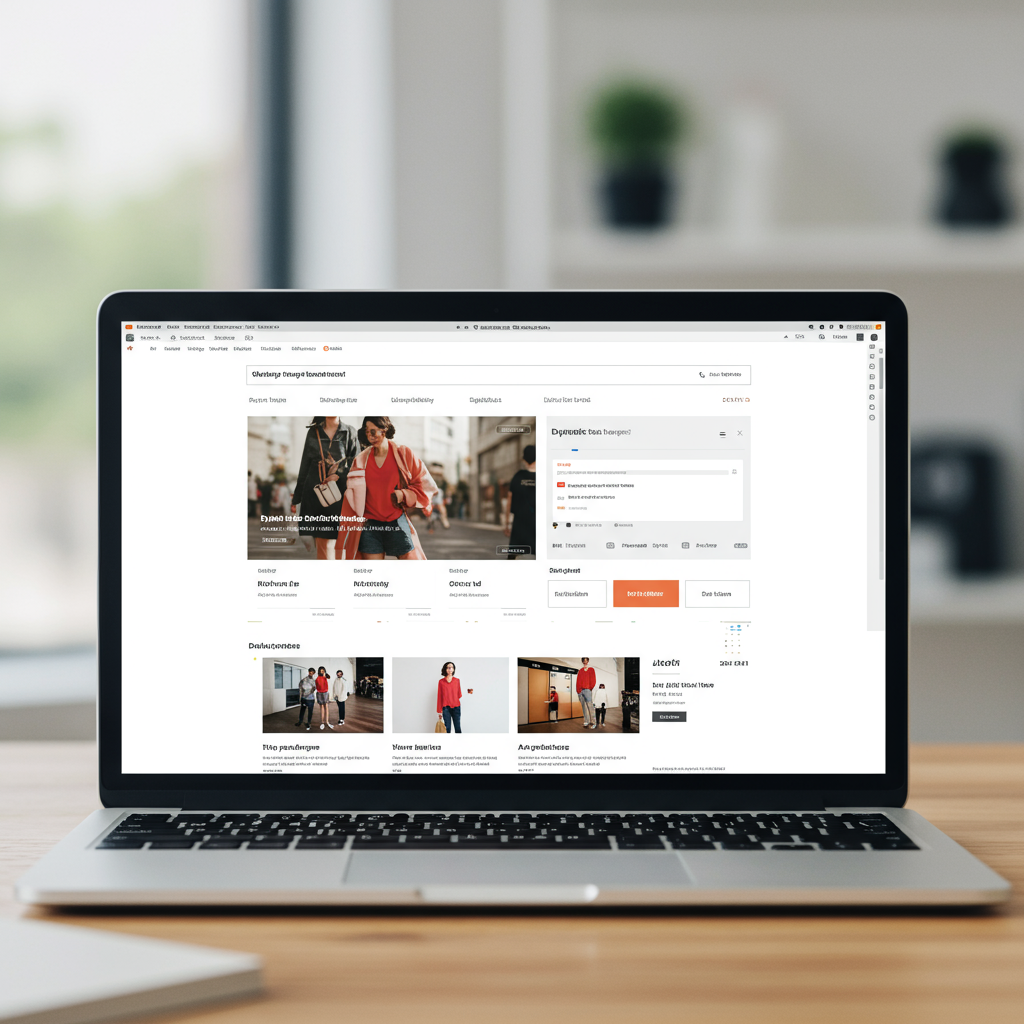Essential Design Tips to Boost Conversions and Customer Engagement in the Evolving Digital Landscape
Hello fellow merchants! As we look ahead to 2025, the digital landscape continues to evolve at an incredible pace, presenting both challenges and exciting opportunities for our Shopify stores.
Your Shopify store’s homepage isn’t just a digital storefront; it’s your brand’s first impression, your primary conversion engine, and a critical touchpoint for customer engagement.
In this article, I want to share some essential tips and strategies to help you design a Shopify homepage that not only looks fantastic but also performs exceptionally well in the coming year.
My goal is to equip you with the knowledge to create a homepage that converts visitors into loyal customers, leveraging the latest trends and best practices that I’ve observed and implemented.
First and foremost, let’s talk about the hero section. This is the very first thing your visitors see, and it needs to grab their attention instantly and communicate your core message.
For 2025, I recommend a dynamic hero section that incorporates high-quality visuals, perhaps a short, engaging video, or even subtle animations that convey your brand’s personality.
Your main value proposition should be crystal clear here, accompanied by a compelling call-to-action (CTA) that guides visitors to their next step, whether it’s ‘Shop New Arrivals’ or ‘Discover Our Story’.
Next, navigation is paramount. A cluttered or confusing menu will send visitors running for the hills. I always advocate for a clean, intuitive navigation bar that makes it easy for customers to find exactly what they’re looking for.
Consider mega-menus for stores with extensive product catalogs, but ensure they are well-organized and visually appealing. Mobile navigation, of course, must be flawless and easily accessible.
Personalization is no longer a luxury; it’s an expectation. Leveraging Shopify apps or built-in features to display recently viewed items, recommended products based on browsing history, or even location-specific content will be crucial.
AI-driven personalization will become even more sophisticated by 2025, allowing you to tailor the homepage experience to individual visitors in real-time, making their journey unique and relevant.
Product highlights are essential. Don’t just list products; showcase your bestsellers, new arrivals, or seasonal collections prominently. Use high-quality images and concise descriptions that entice clicks and tell a story.
I find that incorporating customer reviews and testimonials directly on the homepage builds immediate trust and credibility. Social proof is incredibly powerful, so don’t shy away from displaying those glowing five-star ratings.
Video content is king. Short, engaging product videos, behind-the-scenes glimpses, or customer testimonials in video format can significantly boost engagement and conversion rates, offering a richer experience.
Think about integrating a section for your blog or latest news. This not only helps with SEO by providing fresh content but also positions your brand as an authority and provides valuable content to your audience.
Mobile-first design isn’t just a buzzword; it’s the standard. A significant portion of your traffic will come from mobile devices, so your homepage must be perfectly responsive and load quickly on all screen sizes.
Page speed optimization is non-negotiable. Slow loading times lead to high bounce rates and frustrated customers. I recommend regularly checking your store’s speed and optimizing images, apps, and code to ensure peak performance.
Accessibility is another critical aspect that often gets overlooked. Ensure your design is inclusive, with proper color contrast, clear font choices, and keyboard navigation support. This broadens your audience and improves user experience for everyone.
Sustainability and ethical practices are increasingly important to consumers. If your brand has a commitment to these values, highlight them on your homepage. It resonates deeply with conscious buyers and builds brand loyalty.
Clear calls-to-action (CTAs) are vital throughout your homepage. Guide your visitors with clear, actionable buttons that stand out and tell them exactly what to do next, whether it’s ‘Shop Now’ or ‘Learn More’.
Don’t forget about your footer! While often overlooked, it’s a crucial area for links to customer service, FAQs, shipping information, privacy policies, and social media channels, providing essential information.
Regularly A/B test different elements of your homepage. Experiment with headlines, images, CTA button colors, and section layouts to see what resonates best with your audience. Data-driven decisions are always the most effective.
Finally, remember that your homepage is a living entity. It should evolve with your brand, your products, and your customers’ needs. Stay agile and be prepared to adapt to new trends and technologies.
By focusing on these key areas – dynamic visuals, intuitive navigation, personalization, speed, and compelling content – you’ll be well on your way to a high-performing Shopify homepage in 2025.
I truly believe that investing time and effort into your homepage design will yield significant returns for your business, creating a powerful first impression that converts.
What do you think about these tips? Are there any strategies you’re already implementing or planning to try? I’d love to hear your thoughts and experiences!
Thank you for reading, and here’s to a successful 2025 for your Shopify store!






